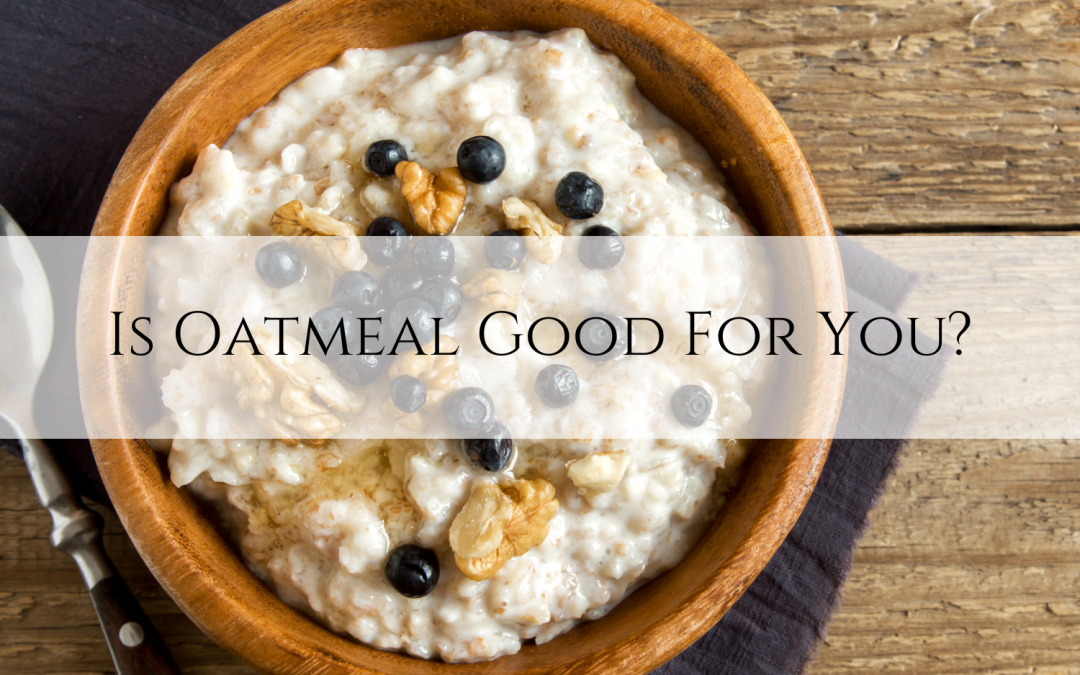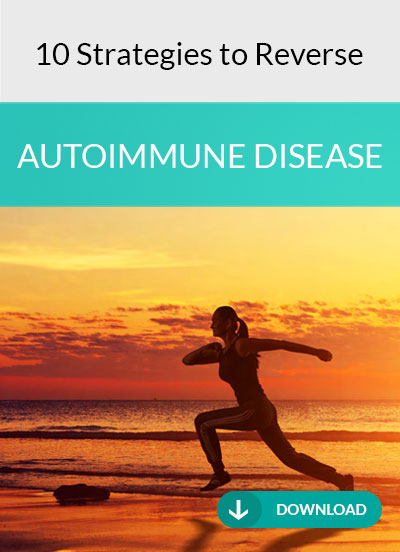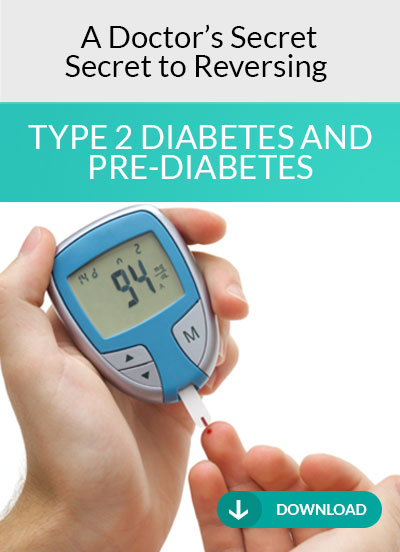Many of my patients ask me “Are oats good for you” and “Are oats a healthy breakfast?” There is no black and white answer to those questions. The real answer to both is: It depends upon several factors. It’s exactly those factors I’m going to touch on in this article, so that you’ll know the best type of oats to eat and whether or not you should be eating oats in the first place. HINT: oats are not healthy for everyone.
Types of Oats
First, let’s go into the different types of oats. The oat grain is harvested and processed to get rid of the outer hull, which is inedible. Once the hull is removed, that leaves the oat groat, which undergoes processing into oatmeal.
Six main types of oats are available for purchase: whole oat groats, steel-cut oats, oat bran, rolled oats, oat flour, and oat milk.
- Whole oat groats are made from the entire oat grain.
- Steel-cut oats, also called Irish or Scotch oats, are made from the inner portion of the oat groat that has been chopped into small pieces. This type of oats take longer to cook because they are more difficult to digest than whole grain and rolled oats.
- Oat bran is the outer layer of the oat groat, located just under the inedible hull.
- Rolled oats are steamed and rolled flat then dried.
- Oat flour is a ground-up version of rolled oats or steel-cut oats, processed into a fine flour.
- Oat milk is made from steel cut oats or whole groats that are soaked in water, blended, then strained. If you’re using a store-bought variety, be sure to choose a brand that doesn’t contain added sugar.
If you’re wondering which oats are healthiest, whole oat groats, steel cut oats, and oat bran are the best choices for people who can eat oats without manifesting any oats intolerance symptoms. They are considered the healthiest types of oatmeal because they don’t raise blood sugar as much as rolled oats.
The Health Benefits of Oats
For some people, organic oats are a healthy food choice, especially whole oat groats and steel cut oats. Oats contain a number of nutrients that can benefit your health. They are an excellent source of manganese and a good source of dietary fiber, B vitamins, phosphorus and magnesium.
Additionally, they are a good source of protein, but they don’t contain all nine essential amino acids so they should not be considered a complete protein food source.
Oats also contain a type of soluble fiber called beta-glucan that can help lower cholesterol levels and blood sugar levels in people with diabetes by binding with bile acids in the digestive tract and helping to remove them from the body. This can help lower cholesterol levels and improve blood sugar control.
Oats may also help reduce the risk of heart disease by helping to lower cholesterol levels and blood pressure and by increasing the level of “good” HDL cholesterol in the body. Oats contain about 10 grams of total fat per cup (40 grams), but most of this is unsaturated fat, which is considered to be a healthy type of fat. They also contain about 4 grams of protein per cup (80 grams), 4 grams of fiber per cup (80 grams), and 14 grams of carbohydrates per cup (40 grams).
In addition, oats act as a prebiotic, a food that feeds the beneficial bacteria in your digestive tract. This means that as part of a diverse diet, oats can be good for the microbiome.
Who Should Not Eat Oats?
To identify food sensitivities, I put most of my patients on an elimination diet and ask them to temporarily stop eating oats and other grains. If they’re somebody who ate oatmeal all the time for breakfast, I share with them my oat-free, “n’oatmeal” recipe (see recipes below).
Once you start adding oats back into your diet, if you don’t react, you may eat oats in moderation. Cooking methods are also important. Pressure cooking is better than microwaving since pressure cooking can decrease levels of a type of protein known as a lectin. Many people react to lectins from food, so preparing oatmeal in a way that causes lectin levels to decline can help you tolerate oatmeal better.
Oat Intolerance Symptoms
In people who have oat sensitivity, symptoms can vary from person to person, depending upon each person’s vulnerabilities. However, here are some common symptoms:
- Brain fog
- Fatigue
- Gut issues
- Inflammation
- Skin rashes
Besides people who have an oats sensitivity, diabetics should also avoid rolled oats, which are higher on the glycemic index. Limiting intake of other types of oats is also a good idea for people who are diabetic. Moderation is key.
Are Oats Gluten Free?
Technically, oats don’t contain gluten. However, there’s a lot of cross-contamination. Oats are often produced in facilities that process gluten-containing grains or are transported together with gluten foods. Some people are sensitive enough to gluten to react to cross-contamination.
Oats can also be cross-reactive, meaning they can look similar enough to other food proteins such as gluten, and cause a similar reaction.
What’s more, people who are on a gluten-free diet often eat too many oats, which means they start to react to oats because they’re getting too much exposure.
The Dark Side of Oats
The other problem with oats? If you’re not eating organic oats, chances are good you’re getting a hefty dose of the herbicide glyphosate (also known as RoundUp™), a chemical linked to cancer and other health problems. In my earlier blog, “Think Twice Before You Roundup Some More Oats,” I explain the problems with glyphosate in oats.
The Environmental Working Group (EWG) analyzed different brands of oat products and found that glyphosate was found in all but two of 45 samples that used conventionally grown oats. About three-quarters of those samples contained glyphosate levels that were more than what EWG scientists consider safe for children’s health with an adequate margin of safety.
About one-third of the 16 organic oat products analyzed also contained glyphosate, but levels were well below EWG’s health benchmark.
My take on glyphosate? Even if you eat really clean and organic, it may be impossible to completely avoid exposure to it. It’s in the water, soil, and food. It’s everywhere. The most you can hope for is minimizing your exposure by eating organic foods—including organic oats.
Are Oats Good For You?
As a functional medicine provider, I can help you find out if oats are healthy for you or if they’re a food you should avoid. Additionally, I can identify other food sensitivities that may be draining your energy and keeping you from feeling your best. I invite you to get in touch with me at the Caplan Health Institute, so that we can solve your biggest health challenges. You can feel like yourself again with renewed vitality, mental clarity, and radiant skin.
Oat and Oat Sensitivity Recipes
Dr. Tiffany’s Instant Pot Savory Oats
This is an adaptation of the German recipe for Goetta
What is goetta? Basically, it is a savory concoction of meat and steel cut oats flavored with spices. My grandfather’s family was German and he grew up in Ohio where there is a large population of German people who enjoy this type of savory oats. My grandfather’s family traditionally made goetta with pork and sage. However, there are various adaptations with or without meat and using different spices such as rosemary, bay leaves and thyme. Goetta can easily be made without meat, however I recommend adding in protein for a heartier meal.
Traditionally this recipe is slow cooked on the stove for hours. I’ve adapted it for the pressure cooker and it works just as well and in a fraction of the time!
Ingredients
Approximately 1 pound of cooked meat. You can choose shredded pork, turkey, ground meat or sausage. This recipe works great with leftover shredded meat or you can simply make it ahead of time before adding in the rest of the ingredients.
½ -1 onion, chopped (depending on how large an onion and how much you like onion)
1 ½ teaspoon salt (you can always add more later if desired), can add pepper as well if desired
3 cups steel cut oats
6 cups liquid (water or broth). My grandparents still slow cook the pork with onions and use that liquid to cook the oats.
½+ tablespoon dried sage (again you can adjust to taste)
Directions
Add in all ingredients (make sure meat is precooked) into instant pot or pressure cooker. Stir to mix. Set on high pressure for 10 minutes. Let it naturally release. Remove lid and stir. This should be thick – the spoon should be able to stand up in it. Divide into loaf pans to cool. Keep refrigerated and freeze any portion that won’t be eaten in the next few days. This makes about 2-3 loaf pans worth and freezes great.
Tip: Add the spices and onion to the liquid before adding in the oats or meat. That way you can add the spices to taste. You can always add more salt/pepper after cooking but getting the seasoning right before cooking can be helpful.
When ready to eat it, it is traditionally sliced and fried in a pan. You can fry it in oil such as coconut or avocado- I generally use ghee. Salt and pepper to taste! This can be eaten alone or traditionally it is eaten for breakfast with eggs. ☺
Instant N’Oatmeal
Low-Carb, Oat-Free, Oatmeal Replacement
Makes 1 serving
Ingredients
2 tablespoons shredded, unsweetened coconut
2 tablespoons almond flour
2 tablespoons flax meal
1 tablespoon coconut flour
1 tablespoon pecan pieces
1 tablespoon walnut pieces
1/2 teaspoon chia seeds
1/2 teaspoon cinnamon
1/4 teaspoon vanilla
Dash of stevia (to taste)
Dash of salt (optional)
1/2 cup boiling water
Optional toppings: almond or coconut milk, extra cinnamon, hemp seeds, nut butter, berries
Directions
Combine all ingredients in bowl. Pour boiling water over dry ingredients and stir. Let sit until well combined (about 4 minutes). Add toppings. Makes one serving.
Tip: Can pre-make large batch of dry ingredient mix for easy and quick preparation.
Board Certified in Integrative Medicine
Certified Functional Medicine Practitioner
Institute for Functional Medicine Certified Practitioner






